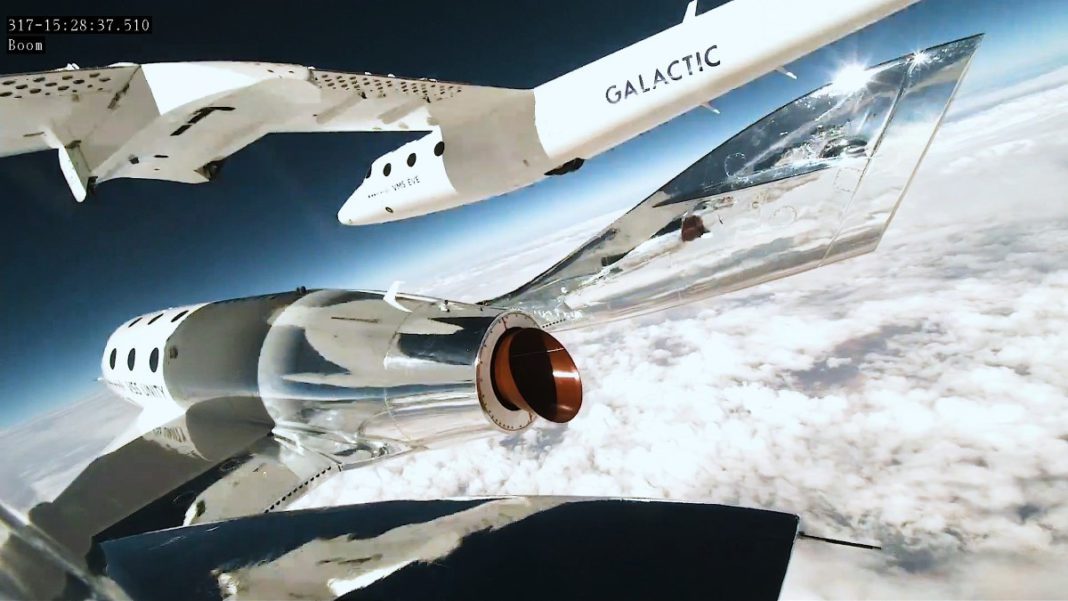UNITED STATES: Virgin Galactic is poised to mark another milestone in commercial spaceflight with the launch of its third mission, Galactic 03, scheduled for Friday, September 8. However, unlike previous missions, this historic event will not be available for live viewing.
The mission will see three long-standing ticket holders take flight from the renowned Spaceport America in New Mexico. Company officials have indicated that liftoff is anticipated around 10:30 a.m. EDT (1430 GMT), aligning with the timing of previous missions.
In a break from tradition, the identities of the three customers have not been disclosed. What is known is that they are part of Virgin Galactic’s group of ‘Founder’ astronauts, individuals whose early support and ticket purchases played a pivotal role in turning the vision of routine commercial space travel into reality.
“The Galactic 03 crew bought their tickets as early as 2005 and, since then, have been an active part of the company’s vibrant Future Astronaut community,” stated Virgin Galactic in a release last month. (It’s worth noting that ticket prices back in 2005 were substantially lower than the current $450,000.)
The trio will embark on their journey aboard Virgin Galactic’s VSS Unity space plane, accompanied by astronaut instructor Colin Bennett. The flight will be piloted by Nicola Pecile and Michael Masucci, with Unity launching from beneath the wings of VMS Eve, the company’s carrier aircraft.
At an altitude of approximately 50,000 feet (15,000 meters), Eve will release the space plane, allowing Unity to engage its rocket motor for the ascent into suborbital space. Following the mission, both Unity and Eve will return to Earth for runway landings.
Galactic 03 represents Virgin Galactic’s third foray into commercial spaceflight, following Galactic 02 on August 10 and Galactic 01 on June 29. When factoring in test flights, VSS Unity has successfully breached the final frontier on seven occasions to date.
Also Read: Virgin Galactic Celebrates Historic Milestones with “Galactic 02” Suborbital Mission



